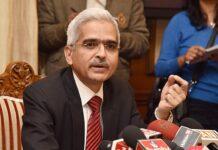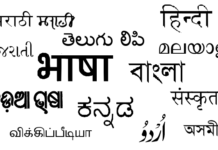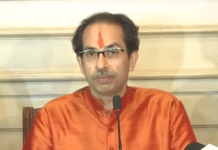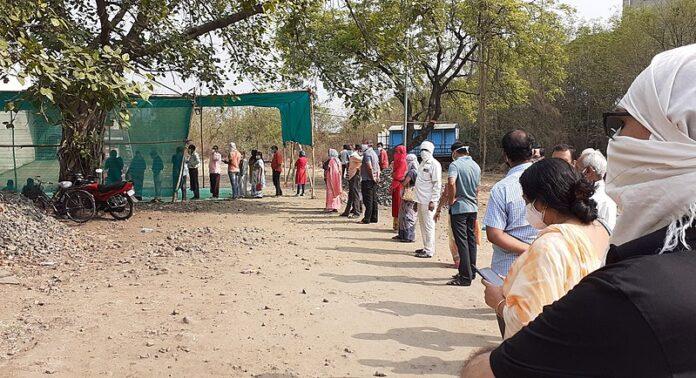A working paper on Economic Impact of India’s vaccination and related measures by Stanford University and Institute for Competitiveness was released today.
According to the paper titled “Healing the Economy: Estimating Economic Impact of Vaccination & related measures”,
- India adopted a ‘Whole of Government’ & ‘Whole of Society’ approach, in a proactive, pre-emptive & graded manner; thus, adopting a holistic response strategy, for effective management of Covid-19.
- India was able to save more than 3.4 million lives by undertaking the nationwide COVID19 vaccination campaign at an unprecedented scale
- COVID19 Vaccination campaign yielded a positive economic impact by preventing loss of US$ 18.3 billion
- A net benefit of US$ 15.42 billion for the nation after taking into consideration the cost of the vaccination campaign
- Spending estimate of 280 billion US dollars (as per IMF) through direct and indirect funding had a positive impact on the economy
- With schemes to support MSME sector, 10.28 million MSMEs were aided resulting in an economic impact of US$ 100.26 billion (4.90% GDP)
- free food grains were distributed to 800 million people, which resulted in an economic impact of approximately US$ 26.24 billion
- 4 million beneficiaries were provided employment which resulted in an overall economic impact of US$ 4.81 billion
Much before COVID-19 was declared a public health emergency by WHO in Jan 2020, processes and structures to focus dedicatedly on various facets of pandemic management were put in place. India adopted a holistic response strategy, ‘Whole of Government’ and ‘Whole of Society’ approach in a proactive, pre-emptive and graded manner for management of COVID-19”.
The paper discusses the role of containment as a measure to prevent the spread of the virus. It highlights that, as against the top-down approach, a bottom-up approach was critical in containing the virus. The report notes that robust measures at the ground level, like contact tracing, mass testing, home quarantine, distribution of essential medical equipment, revamping healthcare infrastructure, and constant coordination among stakeholders at the centre, state, and district levels, not only helped contain the spread of the virus but also in augmenting the health infrastructure.
It elaborates the three cornerstones of India’s strategy – containment, relief package, and vaccine administration which were critical in saving lives and ensuring economic activity by containing the spread of the COVID-19, sustaining livelihoods, and developing immunity against the virus. The working paper further notes that India was able to save more than 3.4 million lives by undertaking the nationwide vaccination campaign at an unprecedented scale. It also yielded a positive economic impact by preventing the loss of US$ 18.3 billion. A net benefit of US$ 15.42 billion occurred for the nation after taking into consideration the cost of the vaccination campaign.
India’s vaccination drive, world’s biggest, had a coverage of 97% (1st dosage) and 90% of the (2nd dosage), administering 2.2 billion dosages in all. For equitable coverage, vaccines were provided free of cost to all.
The benefits of vaccination exceeded its cost hence can be considered a macroeconomic stabilizing indicator rather than just a health intervention. The cumulative lifetime earnings of the lives saved through vaccination (in the working age group) tolled up to $ 21.5 billion.
The relief package catered to the welfare needs of the vulnerable groups, old age population, farmers, Micro, Small & Medium Enterprises (MSMEs), women entrepreneurs amongst others and ensuring support for their livelihoods. With the help of schemes launched to support the MSME sector, 10.28 million MSMEs were aided resulting in an economic impact of US$ 100.26 billion which comes out to be about 4.90% of the GDP.
For ensuring food security, free food grains were distributed to 800 million people which resulted in an economic impact of approximately US$ 26.24 billion. Additionally, 4 million beneficiaries were provided employment which resulted in an overall economic impact of US$ 4.81 billion. This provided livelihood opportunities and creating an economic buffer for citizens.
The working paper was authored by Dr Amit Kapoor, Lecturer, Stanford University and Dr Richard Dasher, Director of the US-Asia Technology Management Centre, Stanford University.
***






















